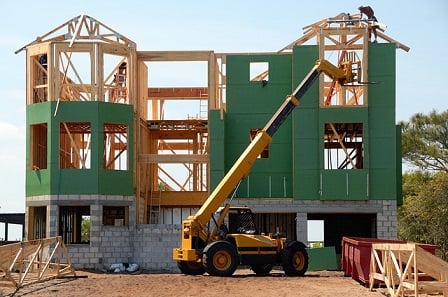Many elements of construction expenses have been rising in recent years

With the housing crisis in California and many markets across the US seeing high demand, one important solution is increasing the supply of available housing options, but that has become an increasingly expensive proposition, according to research by the Terner Center for Housing Innovation at University of California, Berkeley.
The study found that the costs of development involve multiple dimensions, such as land values, construction costs, materials and labor, development fees, permitting and development timelines, regulatory requirements, and affordable housing costs. Many of these have been increasing in recent years.
The study found that land prices across the US rose by 76% from 2000 to 2016, almost twice the rate of inflation. Coastal California metro areas such as San Francisco and Los Angeles saw even steeper increases.
Price indexes for national single-family and multifamily construction increased 5.6% and 6.3%, respectively, in 2017 alone. The increases compare to an average annual increase of 2.7% between 1990 and 2000.
The study also revealed similar increases in material and labor, which are influenced by escalating cement, steel, and lumber costs, and rising wages among construction workers, respectively.
Development fees, which cities have the authority to charge new housing construction projects throughout the planning and building process, have also increased. In 2015, average impact fees in California were $23,455 for a single-family home and $19,558 for a multifamily unit—almost three times the national average.
Additionally, the study found that complex permitting and entitlement processes as well as local land use regulations, such as environmental regulations or minimum parking requirements, can greatly increase the cost of development. Affordable Housing Costs have also increased, with the cost of building a 100-unit affordable project in California increasing from $265,000 per unit in 2000 to almost $425,000 in 2016.
“It is clear that not just one element of the development process, but each step along the way influences the cost of building housing, especially in high-demand markets with the steepest affordability challenges,” according to the study.



